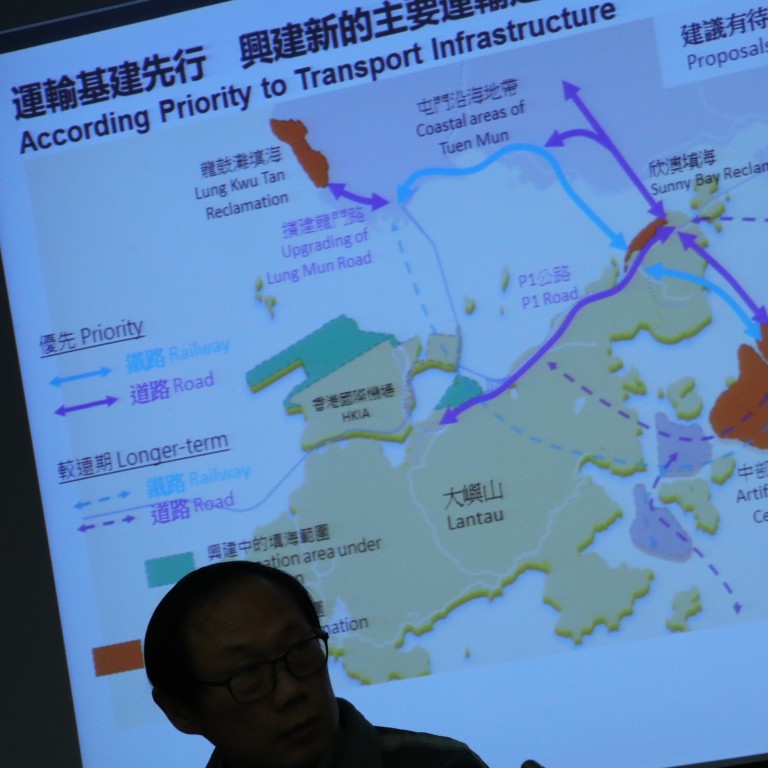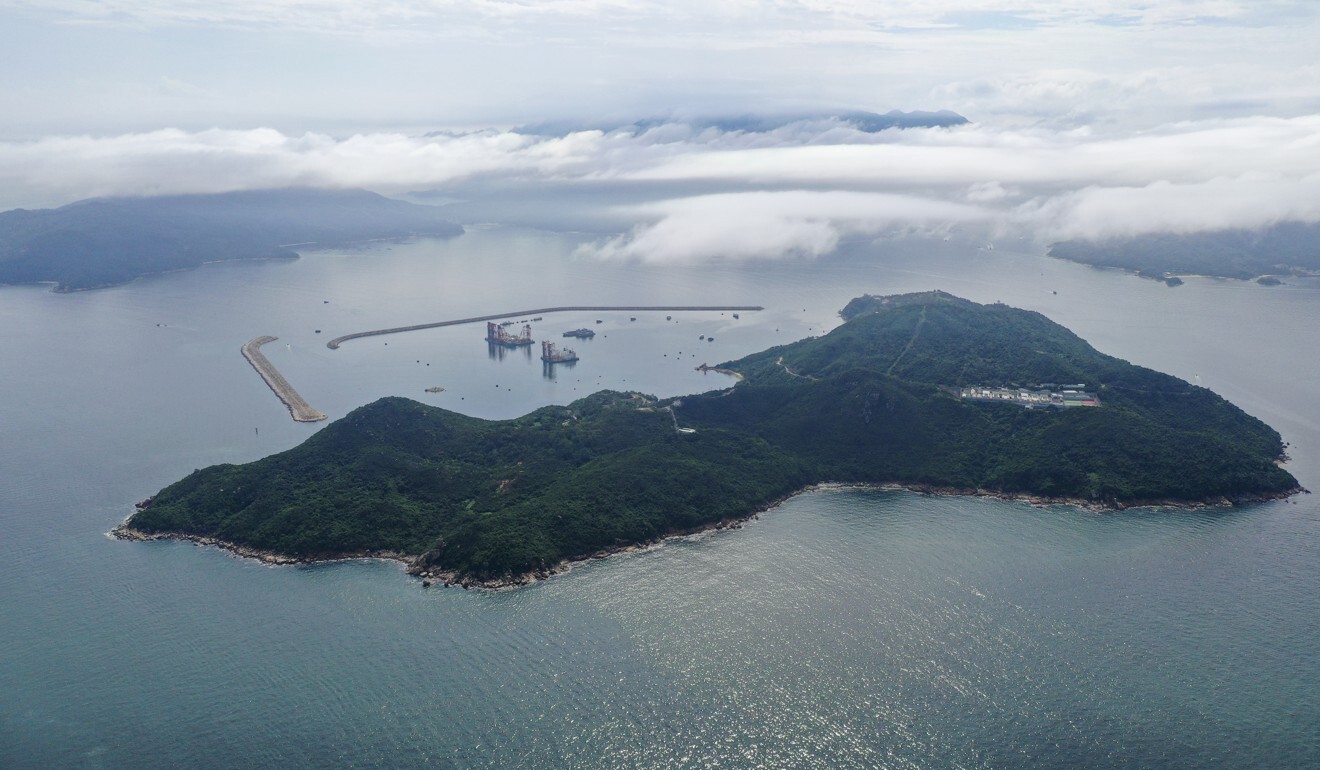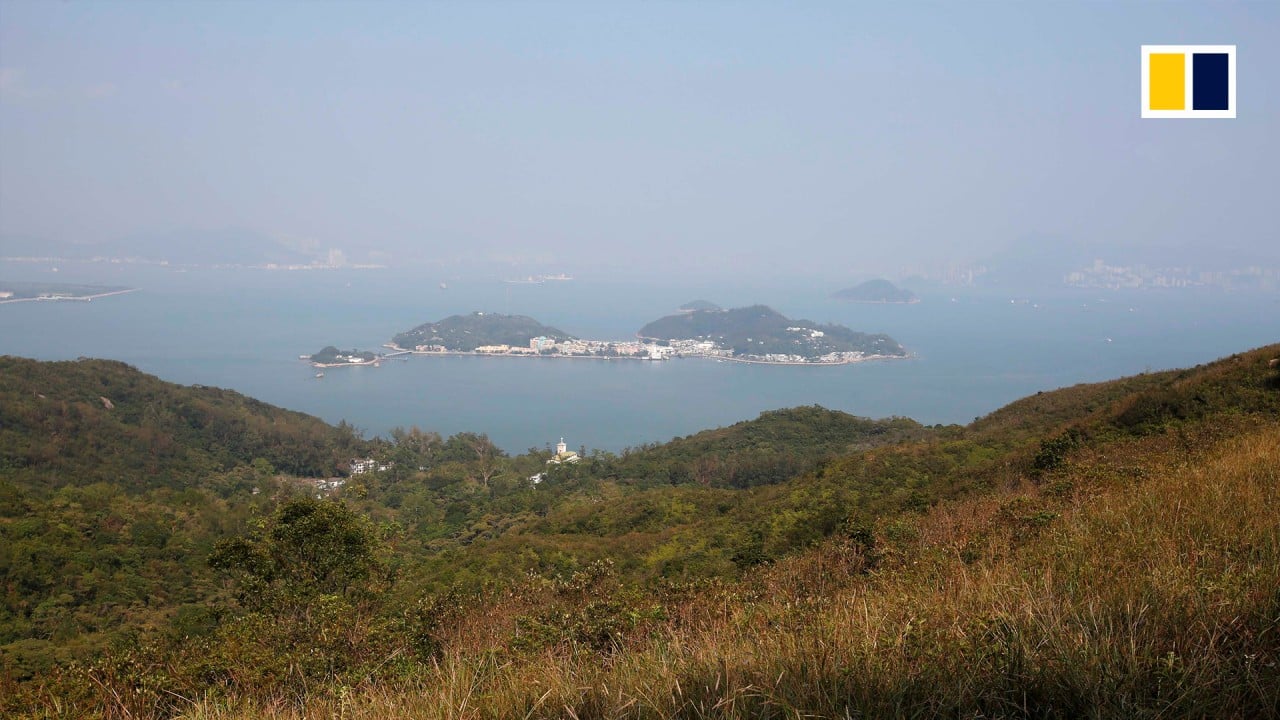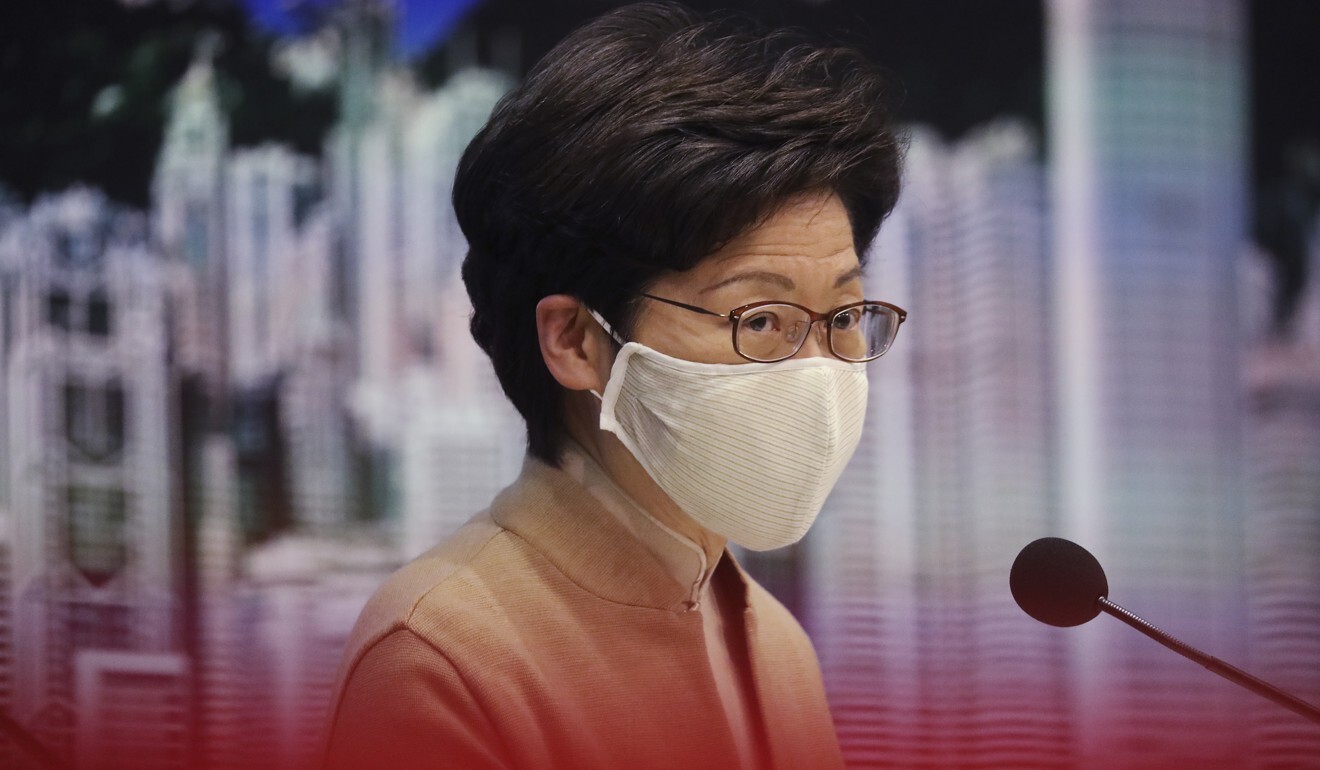
Veteran Hong Kong investor proposes public-private partnership to fund controversial Lantau Tomorrow Vision plan
- The proposed scheme involves setting up a company with an equity of HK$100 billion, with three-quarters to be owned by Hong Kong residents
- The overall proposal involves raising a total of HK$1.1 trillion, with plans to eventually list the public-private company on the Hong Kong stock exchange
The “Popular Public Private Partnership” put forward by Sing Wang involves setting up a company with an equity of HK$100 billion, with three-quarters to be owned by Hong Kong residents on a “one person one share” basis.
“If the government fortunately does approve it, and fortunately my private company can participate … I will donate 70 per cent of profits to Hong Kong,” said Wang. “I need to make some money for the work. [But] I’m not doing this not for maximising personal wealth. This is not my goal.”

The Hong Kong government’s ambitious plan involves building 1,700 hectares (4,200 acres) of artificial islands – an area equivalent to one-third of Kowloon – in the waters around Kau Yi Chau and Hei Ling Chau between Lantau and Hong Kong Island. But the scheme has drawn criticism for its massive cost and potentially irreversible environmental damage.
Wang said that holders of the warrants will be allowed to convert them into shares when the company seeks a flotation on the Hong Kong stock exchange in around five years’ time. The remaining HK$25 billion, he said, could be raised from sovereign wealth funds and international pension funds.

02:43
Why Carrie Lam’s Lantau land reclamation plan is so controversial
Additionally, the proposal calls for raising HK$1 trillion in bonds, with the Popular Public Private Partnership model altogether aiming for a total of HK$1.1 trillion to fund the reclamation of land that will include a provision of some 250,000 affordable housing units for the city’s youth.
Wang said the “Hong Kong Residents-owned Company” will return most of the land to the government for public use after the reclamation is completed, with only a small portion of land set aside for sale or development by the company to cover the bond repayment.
The proposal can ease concerns around the strain on government finances, given the HK$620 billion plus project cost, he added.
Wang said he had consulted many prominent individuals, including former development minister Anthony Cheung Bing-leung and Gordon Wu Ying-sheung, founder and chairman of Hopewell Holdings, over the proposal.
But analysts remain divided over the scheme’s feasibility.
“The plan sounds a bit far fetched,” said Neon Yiu, researcher at Liber Research Community, an NGO focused on land policy. “This arrangement is just unprecedented and the warrants idea seems problematic. And citizens, as retail investors, will [hardly] have any voice in the whole process.”
Ryan Ip Man-ki, head of land and housing research at Our Hong Kong Foundation, said Wang’s proposal supported the think-tank’s earlier argument that the Lantau project was viable in business terms and would be able to bring social benefits that outweigh the cost.
“Options for public-private partnership are worth exploring, but there should be transparency, fairness and sufficient government supervision,” Ip said.
The foundation had earlier proposed several financing models for the project, including issuing bonds and setting up an organisation to run the project in a similar vein to the Airport Authority.
When asked if the plan was related to Li Ka-shing’s CK Asset or other developers, Wang denied it was related to “any big company”.

The Development Bureau, which is responsible for urban planning, land administration, housing and infrastructure development, said it could not comment on a particular proposal . The bureau, however, said that it would explore the use of different models and financing options to implement large-scale infrastructure projects, noting that the study would take about three and a half years.
Wang placed full-page ads in at least 10 major newspapers in Hong Kong, including the South China Morning Post, on Monday to draw attention to his plan. The briefing was attended by 10 prominent figures including lawmaker Paul Tse Wai-chun,
Additional reporting by Joyce Ng


